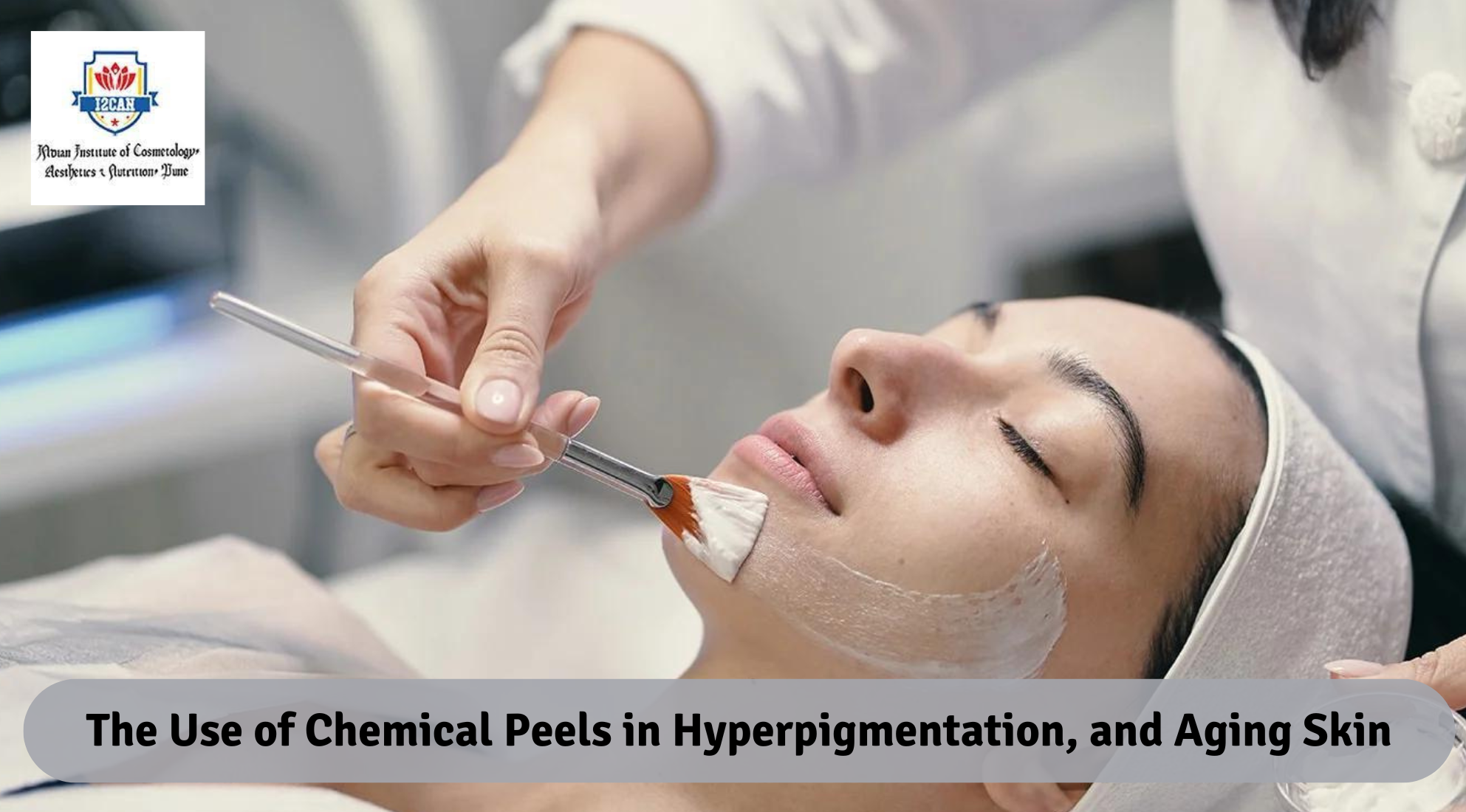In the pursuit of radiant and youthful skin, many turn to various skincare treatments. Among these, chemical peels stand out as a powerful tool in addressing common concerns like hyperpigmentation and signs of aging. In this comprehensive guide, we delve into the science behind chemical peels, their effectiveness in treating hyperpigmentation and aging skin, and what to expect from the process.
Understanding Chemical Peels:
Chemical peels involve the application of a chemical solution to the skin, which causes exfoliation and eventual peeling. The depth and intensity of the peel can vary, ranging from superficial to deep, depending on the specific concerns being addressed. Common ingredients used in chemical peels include alpha hydroxy acids (AHAs), beta hydroxy acids (BHAs), and trichloroacetic acid (TCA), each targeting different layers of the skin.
Treating Hyperpigmentation:
Hyperpigmentation, characterized by dark patches or spots on the skin, can result from sun exposure, hormonal changes, or inflammation. Chemical peels work by exfoliating the outer layer of the skin, where excess pigment may be concentrated, revealing fresher, more evenly toned skin underneath. AHAs such as glycolic acid and BHAs like salicylic acid are particularly effective in treating surface-level pigmentation, while TCA peels penetrate deeper layers for more stubborn pigmentation issues.
Addressing Aging Skin:
As we age, our skin undergoes various changes, including reduced collagen production, diminished elasticity, and the formation of fine lines and wrinkles. Chemical peels offer a multi-faceted approach to addressing these concerns. By stimulating collagen production and promoting cell turnover, chemical peels can improve skin texture, minimize the appearance of fine lines, and enhance overall firmness and elasticity. Deeper peels are especially beneficial for targeting more advanced signs of aging, such as deep wrinkles and sun damage.
The Treatment Process:
Before undergoing a chemical peel, it’s essential to consult with a skincare professional to determine the most suitable peel for your skin type and concerns. During the procedure, the skin is thoroughly cleansed, and the chemical solution is applied evenly to the treatment area. Depending on the peel’s intensity, you may experience a mild tingling or burning sensation, which subsides after a few minutes. Over the following days, the outer layer of the skin will gradually peel away, revealing smoother, rejuvenated skin beneath.
Post-Treatment Care:
Proper post-treatment care is crucial for maximizing the results of a chemical peel and minimizing potential side effects. This typically involves keeping the skin hydrated, protecting it from sun exposure, and avoiding harsh skincare products for a specified period. It’s normal to experience some redness, flaking, and sensitivity following a chemical peel, but these symptoms typically subside within a week or two, revealing brighter, more youthful-looking skin.
Chemical peels offer a safe and effective solution for addressing hyperpigmentation and aging skin concerns. Whether you’re struggling with uneven skin tone, fine lines, or sun damage, chemical peels can help rejuvenate your complexion and restore a youthful glow. By understanding the science behind chemical peels and consulting with a skincare professional, you can embark on a journey towards healthier, more radiant skin.


